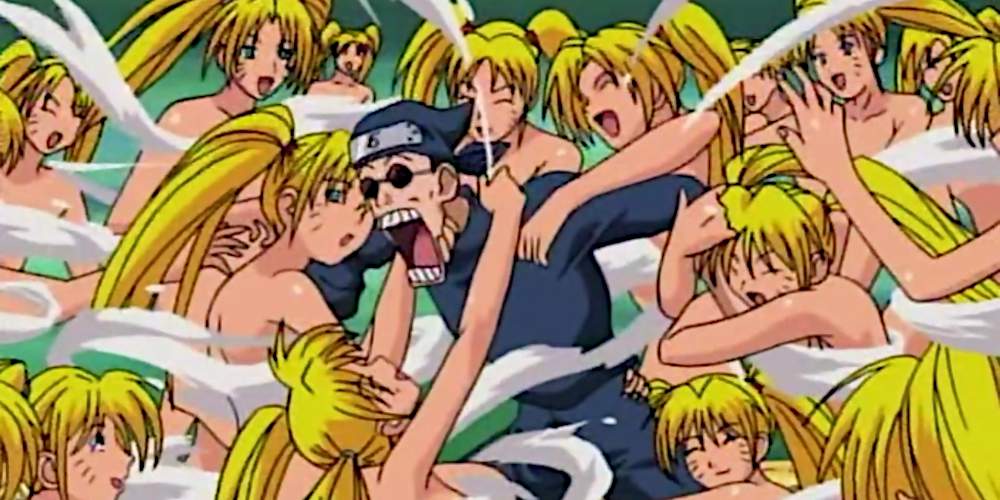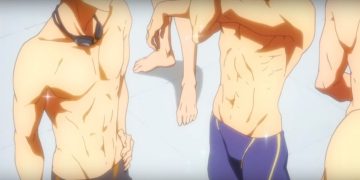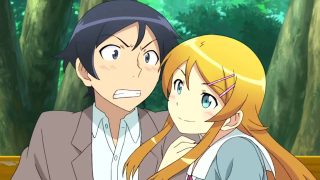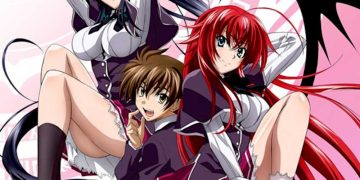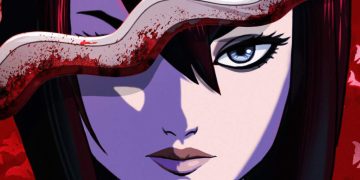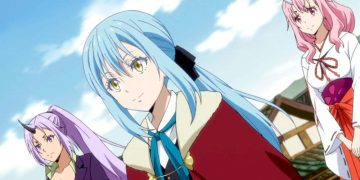Not all anime series and movies are suitable for all audiences, especially when they introduce elements that are overtly sexual, gratuitously violent, or mature and inappropriate for kids.
That's where censorship comes into play. In anime, censorship has been employed to add, change, or remove aspects of a show that are unpalatable for various reasons, often in a move to adhere to laws and guidelines that would otherwise disqualify them from broadcast.
But even an anime is censored, it's not always censored in the same ways. Every production studio and distributor has their own preferred methods, and some methods are better than others.
Here are some of the most common kinds of anime censorship you'll encounter, along with popular examples of each time.
6. Smoke and Fog
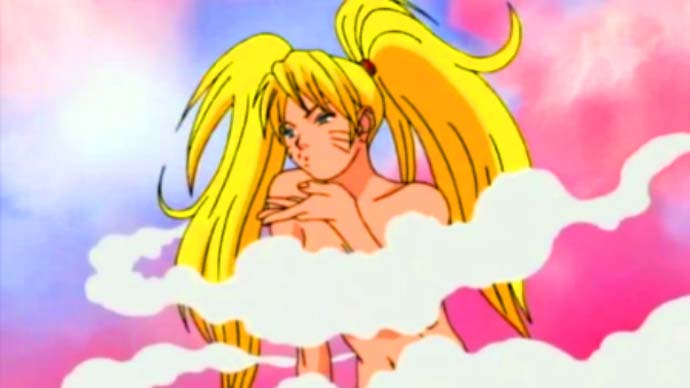
Smoke and fog is often used to block private body parts, but this technique is representative of a wider group of censorship techniques over sexual content, including cans, leaves, shrubs, branches, and other common objects that feel out of place and only exist to block the view.
However, when it's done well, it's hard to tell whether the censorship was actually part of the original anime or whether it was modified and added in afterwards. (Sometimes, content might be explicit in the source material but intentionally censored during adaptation.)
One popular example of this is Sexy no Jutsu from Naruto. This humorous ability always pops out in a cloud of smoke that covers the naked woman's most intimate areas. Naruto has also featured a few hot spring scenes, which have also employed this kind of censorship.
5. Pixelation
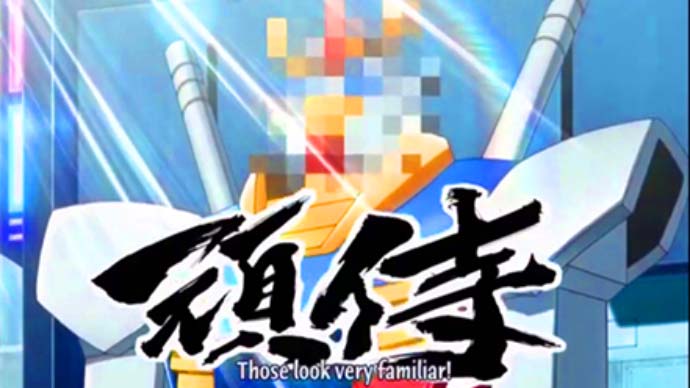
Pixelation (also called fogging) is such an iconic form of Japanese censorship that it's become a bit of a meme. Essentially, the unsavory parts of a scene lose their visual fidelity behind a blurry mosaic of enlarged pixels.
In anime, it's mostly used in ecchi and hentai series. Outside of anime, it's notoriously tied with censored Japanese adult videos.
The main draw of pixelation is that it makes the image sufficiently unrecognizable while still being able to deliver the idea of the original scene and what the series really wants to portray.
It's important to note that pixelation isn't only used for obscuring nudity—it's often used to cover up images that could be cause for legal trouble. And in an unconventional anime series like Gintama, pixelation has even been used for meta-level comedic effect.
4. Black Overlays
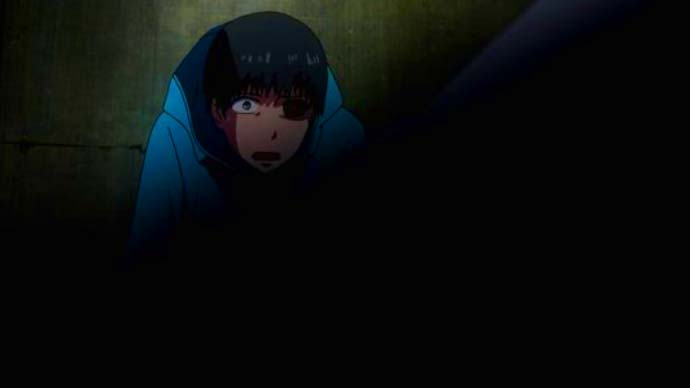
A lot of mature anime series involve gruesome violence that result in dead bodies and fatalities—too much for simple pixelation. In this case, entire portions of the screen may end up being blacked out.
This kind of censorship frequently reared its head in Tokyo Ghoul, which was full of death scenes with blacked-out portions. As a result, the series undeniably lost a chunk of its badassery—but some scenes were actually enhanced as they ramped up suspense and tension.
But not all anime series have blacked out well. For example, while Terra Formars was also heavy on bloodshed, the censorship was quite ridiculous and distracting. Another not-so-good example was Jotaro's cigarette in Jojo's Bizarre Adventure, which was blackened along with parts of his face.
3. White-Colored Blood
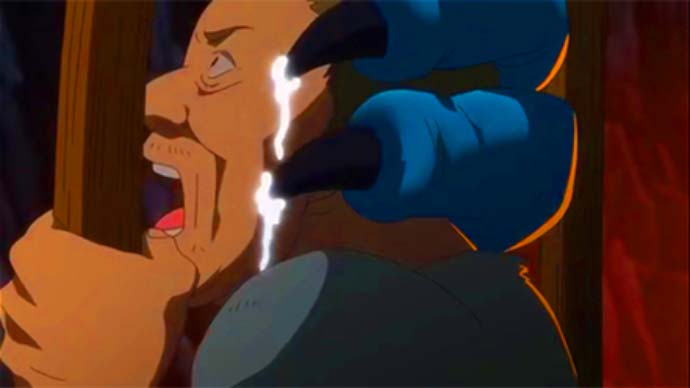
To lessen the intensity of brutality, some anime series opt to go with white-colored blood. The benefits are that we can still see the entire scene and it definitely feels less violent, but it can appear foul and unappealing.
This type of censorship was used in the fourth season of Seven Deadly Sins—with the first episode showing a shiny white liquid in place of red blood—and caused an uproar among fans. Later episodes dropped the censorship and returned to using normal red blood.
However, don't confuse this with the meme of "Chinese anime censorship," in which people humorously edit screenshots of bloody anime scenes and paint the blood white to make them appear more sexual in nature.
2. Complete Removal of Content
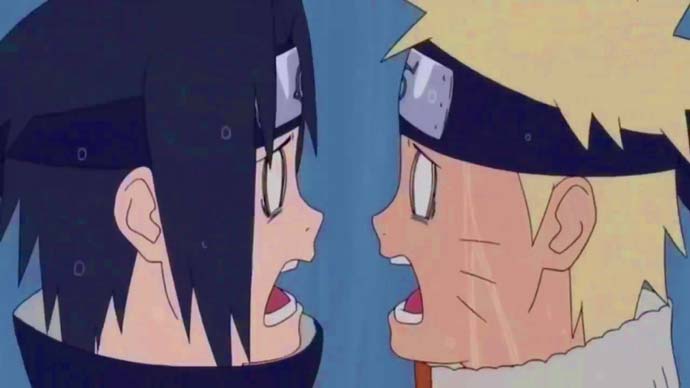
Sometimes, the aforementioned techniques of pixelation and blacking out aren't enough to cover up disagreeable content—and when that happens, the only other option is to cut the content out altogether.
In the best case scenario, the removal doesn't affect anything and viewers are none the wiser. Other times, it completely ruins a scene or plot arc.
This usually happens when a scene or plot arc is leading up to an important moment—whether that moment is a punchline or a critical plot point—and the moment happens to be problematic for whatever reason. With that moment removed, everything before it is left unresolved.
One example is the accidental kiss between Naruto and Sasuke in the early episodes of Naruto. In some countries, their shared kiss is totally removed and makes the entire scene confusing.
1. Changes in Character Design
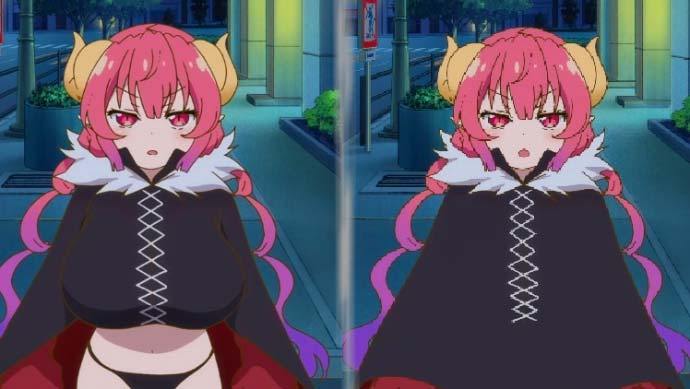
If the visual design of a character is itself objectionable in some way, an anime series may need to completely change it. This form of anime censorship isn't too common because it requires so much extra time and effort, but when it's done well, it's extremely hard to spot.
The second season of Miss Kobayashi's Dragon Maid is one example of an anime series that modified character designs. There was a lot of fan service with large-breasted dragon women in the first season, but they either got reduced in size or covered up altogether in the next.
And it's not always sexual in nature. For example, Sanji's cigarette in One Piece was changed into a lollipop!
